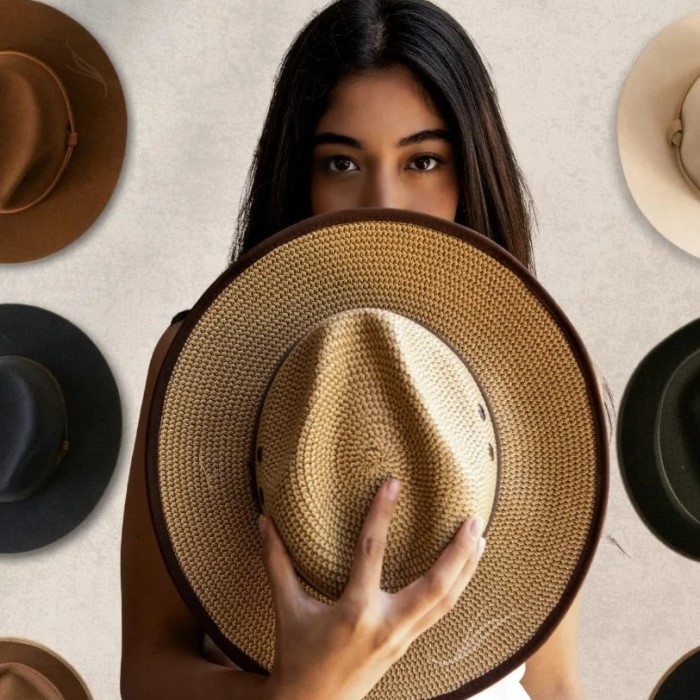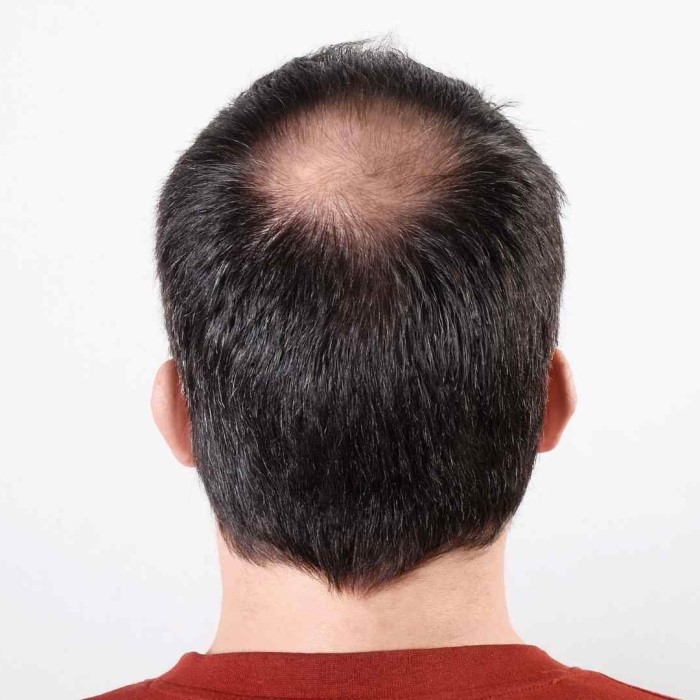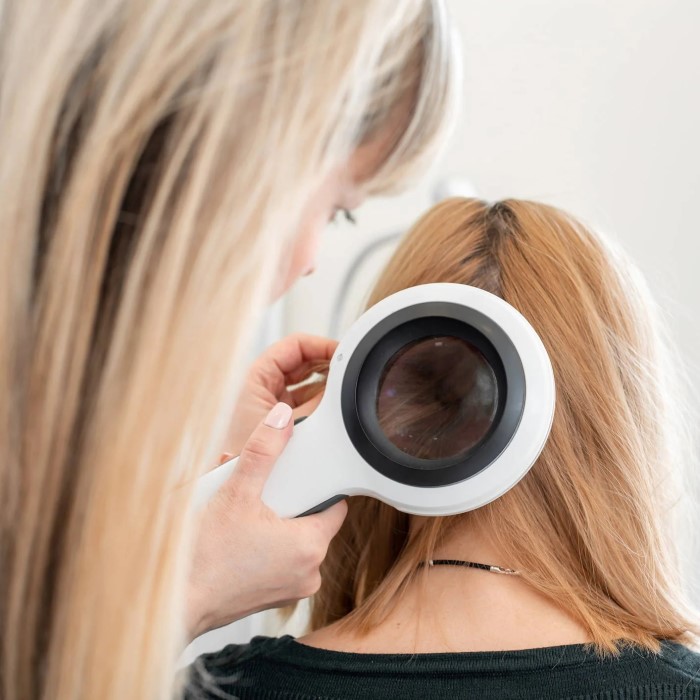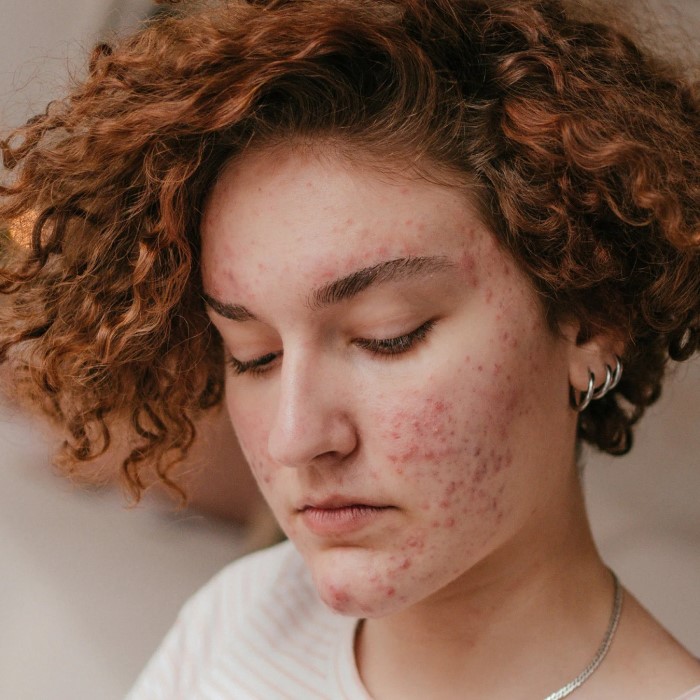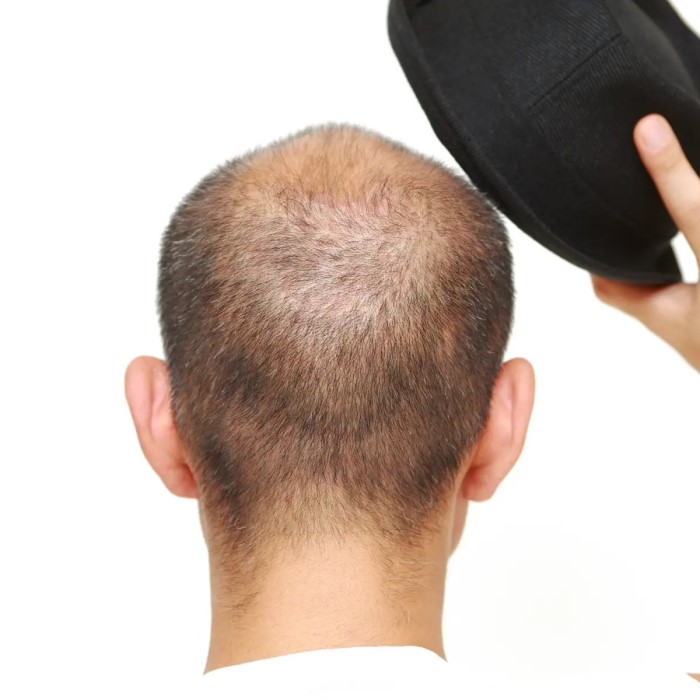
Does Wearing a Hat Cause Hair Loss? What the Research Says
Introduction
The question of does wearing a hat cause hair loss has intrigued many individuals over the years. With numerous myths and concerns surrounding this topic, it is easy for people to believe in commonly held misconceptions. While some people assert that regularly wearing hats may lead to hair thinning or baldness, scientific research suggests otherwise. Understanding the relationship between hats and hair health is crucial for both avid hat wearers and those concerned about hair loss. This article aims to provide evidence-based insights, expert opinions, and practical advice regarding how hats affect hair health. By the end, you will have a better understanding of the facts surrounding this topic.
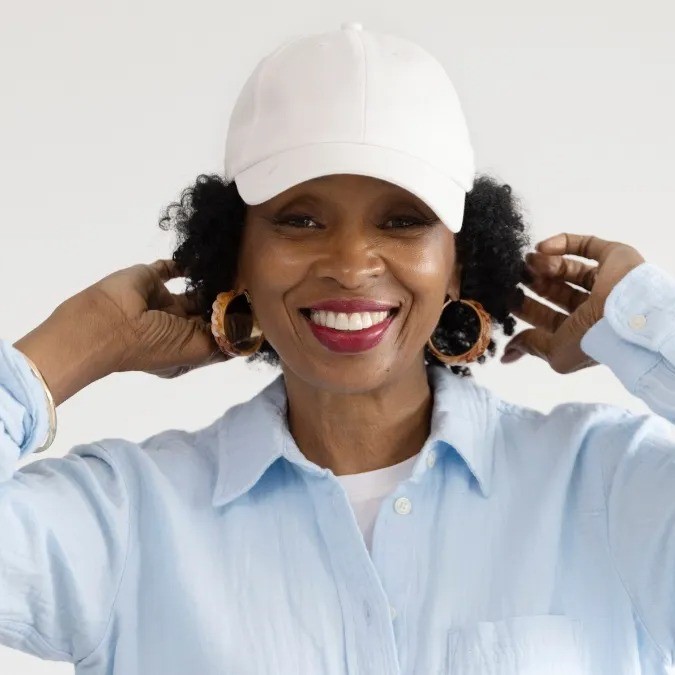
Understanding Hair Loss
Before examining the impact of hats on hair health, it’s important to grasp the fundamentals of hair loss. Various types and causes exist, each with unique implications for those affected.
Types of Hair Loss
- Androgenetic Alopecia: Also known as male or female pattern baldness, this hereditary condition is one of the most common causes of hair loss. It typically begins with thinning at the crown or temples and can progress over time.
- Alopecia Areata: This autoimmune disorder leads to sudden hair loss in patches. It can affect any hair-bearing area and may lead to complete loss of scalp hair in severe cases.
- Telogen Effluvium: Often triggered by significant stress, illness, or hormonal changes, this condition can result in temporary hair shedding. Common triggers include major life events, surgery, or abrupt weight loss.
- Traction Alopecia: This type of hair loss occurs due to consistent pulling on hair follicles from styles like tight braids, ponytails, or even hats.
Common Myths About Hair Loss
Numerous myths surrounding hair loss circulate in society. Some assert that wearing hats, tight hairstyles, or excessive grooming can hasten hair loss. However, the reality often contradicts these popular beliefs.
For instance, many people believe that wearing hats prevents hair from receiving adequate oxygen, thereby contributing to hair loss. In fact, hair follicles do not “breathe” in the way that skin does. Instead, hair growth is affected by a variety of internal and external factors.
Does Wearing a Hat Cause Hair Loss?
Now, let’s return to the central question: does wearing a hat cause hair loss?
Research Findings
Scientific studies have analyzed whether there is a direct connection between hat usage and hair loss. The consensus among researchers indicates that wearing a hat does not inherently cause hair loss.
- Insufficient Evidence: Comprehensive examinations of hair loss causes consistently show no causal relationship between wearing hats and hair loss. Most people who wear hats regularly do not experience significant hair thinning or bald patches attributed solely to their headgear.
- Scalp Health Considerations: While some hats can trap heat and sweat, it does not mean they harm hair follicles directly. Maintaining proper scalp hygiene is essential to prevent conditions like folliculitis, an inflammation of hair follicles that can arise from excessive sweating or dirt accumulation.
Factors Contributing to Hair Loss
If hats do not directly contribute to hair loss, what factors do?
- Genetics: This is the primary contributor to hair loss for most individuals. If hair loss runs in your family, you are likely to experience similar patterns.
- Hormones: Hormonal imbalances can also lead to hair loss. For instance, changes during pregnancy, menopause, or from conditions like polycystic ovarian syndrome (PCOS) can affect hair density.
- Nutritional Deficiencies: Poor nutrition may weaken hair and lead to shedding. Essential vitamins and minerals—such as iron, zinc, and biotin—are crucial for maintaining healthy hair growth.
- Stress: High emotional or physical stress can lead to hair loss. The body can react to stress in several ways, with hair loss being one of them.
The Impact of Hats on Scalp Health
While wearing a hat does not cause hair loss, individuals should be mindful of how hats may affect scalp health.
Choosing the Right Hat
- Materials Matter: Opt for breathable fabrics like cotton or linen for everyday wear. These materials allow for proper air circulation, helping to keep the scalp cool and reducing heat and sweat buildup.
- Fit and Comfort: The fit of your hat can impact scalp health. Hats that fit tightly can create friction against hair follicles, which may lead to traction alopecia over time. It’s important to ensure that your hats fit comfortably without pulling on your hair.
- Keep It Clean: Regularly wash your hats to remove dirt, sweat, and oils. A clean hat not only promotes scalp health but helps to prevent skin irritation or infections.
Proper Care and Hygiene
Maintaining proper hygiene is essential for scalp health, especially for frequent hat wearers.
- Scalp Cleaning: Cleanse your scalp regularly to remove excess oil and product buildup. This practice can help reduce the risk of conditions that hinder healthy hair growth.
- Moisturize: Keeping your scalp hydrated can improve overall health. Consider using a gentle, natural oil occasionally to nourish your scalp while avoiding heavy products that might clog pores.
Expert Opinions on Hat Usage
Consulting hair specialists and dermatologists can offer further clarity on the relationship between hats and hair health. Most experts agree that wearing hats is safe, as long as certain precautions are observed.
Recommendations from Dermatologists
Moderation is Key
- Daily Hat Usage: Wearing a hat every day is generally acceptable for most people, especially when hats serve practical purposes such as protection from sun exposure or cold weather. Many individuals find hats to be fashionable accessories that complement their outfits.
- Varying Headwear: Dermatologists advise varying your headwear to avoid potential issues. For instance, switching between different styles or sizes can reduce the risk of developing traction alopecia, which can arise from consistently wearing tight hats.
- Impact of Tight-Fitting Hats: Consistently relying on tight-fitting hats can limit proper blood circulation to the scalp and create friction against hair follicles. Over time, this friction may lead to hair breakage or inhibit healthy hair growth. To prevent such issues, consider loosening your hat or opting for hats that offer a more comfortable fit.
- Occasional Use vs. Regular Use: While being an occasional hat wearer poses minimal risks, making hats a regular fixture can impact hair health. Balance is critical; incorporating various headcoverings or allowing your hair to breathe can benefit your overall hair condition.
Seek Professional Advice
- Recognizing Hair Concerns: If you notice abnormal hair thinning, bald patches, or unusual changes in your hair density, it’s essential to recognize these signs as potential indicators of underlying health issues.
- Consulting Healthcare Providers: Dermatologists or healthcare professionals can provide valuable insights regarding hair loss. They can conduct assessments and recommend appropriate treatments based on your unique circumstances. Seeking professional help early can allow for timely interventions, preventing further hair loss or damage.
- Importance of Early Intervention: The earlier you address hair concerns, the better the likelihood of successfully reversing or mitigating hair loss. Delaying consultation can lead to worsened conditions or complications. Early diagnosis and treatment options can empower you to regain your confidence and improve your hair health.
Educate Yourself
- Understanding Your Hair Type: Different hair types have specific needs. Whether you have curly, straight, thick, or fine hair, understanding your hair type can help you choose appropriate products and styling methods that promote health and growth.
- Identifying Individual Risk Factors: Consider personal risk factors that might affect hair health, such as family history of hair loss, hormonal changes, nutrition, and lifestyle choices. Being aware of these factors can help you make informed decisions about hair care.
- Making Informed Choices: Knowledge is power when it comes to hair care. Educating yourself on best practices can lead to healthier hair and scalp management. With this information, you can make decisions about your headwear that align with maintaining your hair’s condition. By understanding the potential impacts of wearing hats, you can create a balanced hair care routine that supports your unique needs.
- Staying Informed About Trends: Staying up-to-date with current hair care research, styles, and expert opinions can provide you with the necessary tools to adapt your hair care practices effectively. Consider joining online forums, reading articles, or consulting professionals to enrich your knowledge on maintaining healthy hair.
FAQs
Is it bad to wear a hat every day?
Wearing a hat every day is not inherently bad for your hair or scalp. Choosing comfortable, breathable materials and maintaining proper hygiene are essential to ensure healthy hair growth. However, if hats are worn too tightly or without proper care, they may contribute to irritations or conditions that could impact hair health.
Conclusion
In summary, the question of does wearing a hat cause hair loss appears to be grounded in myths rather than scientific fact. Research and expert opinions affirm that hats themselves do not lead to hair loss. Instead, factors like genetics, hormones, and nutritional deficiencies primarily influence hair health. By choosing appropriate hat materials, ensuring proper scalp hygiene, and taking care of overall health, individuals can enjoy wearing hats without concern for hair loss. With the right knowledge and practices, hats can be a fashionable accessory that complements one’s style without compromising hair health. Embrace your love for hats confidently, knowing that they can enhance your look while maintaining your hair!

